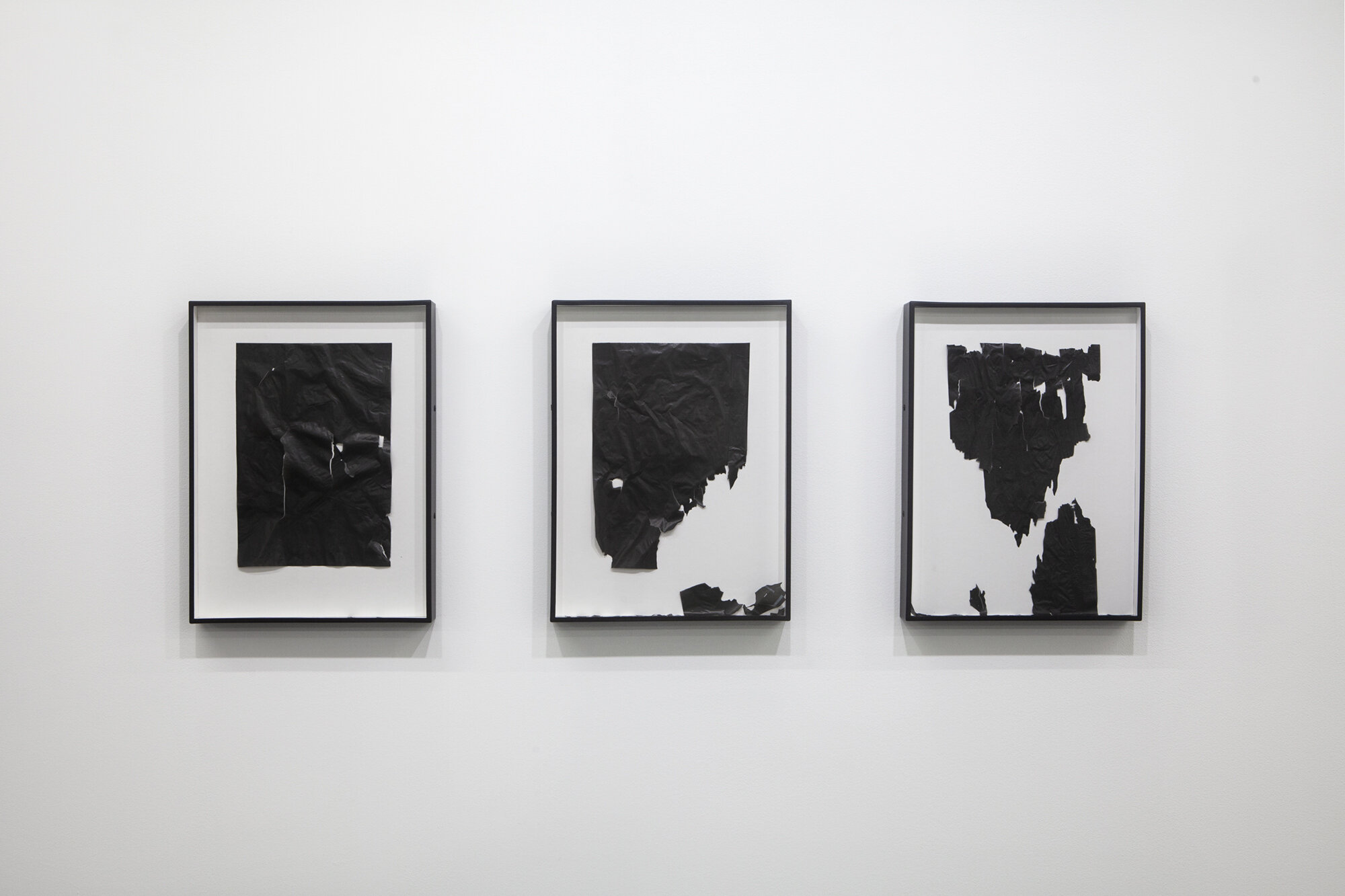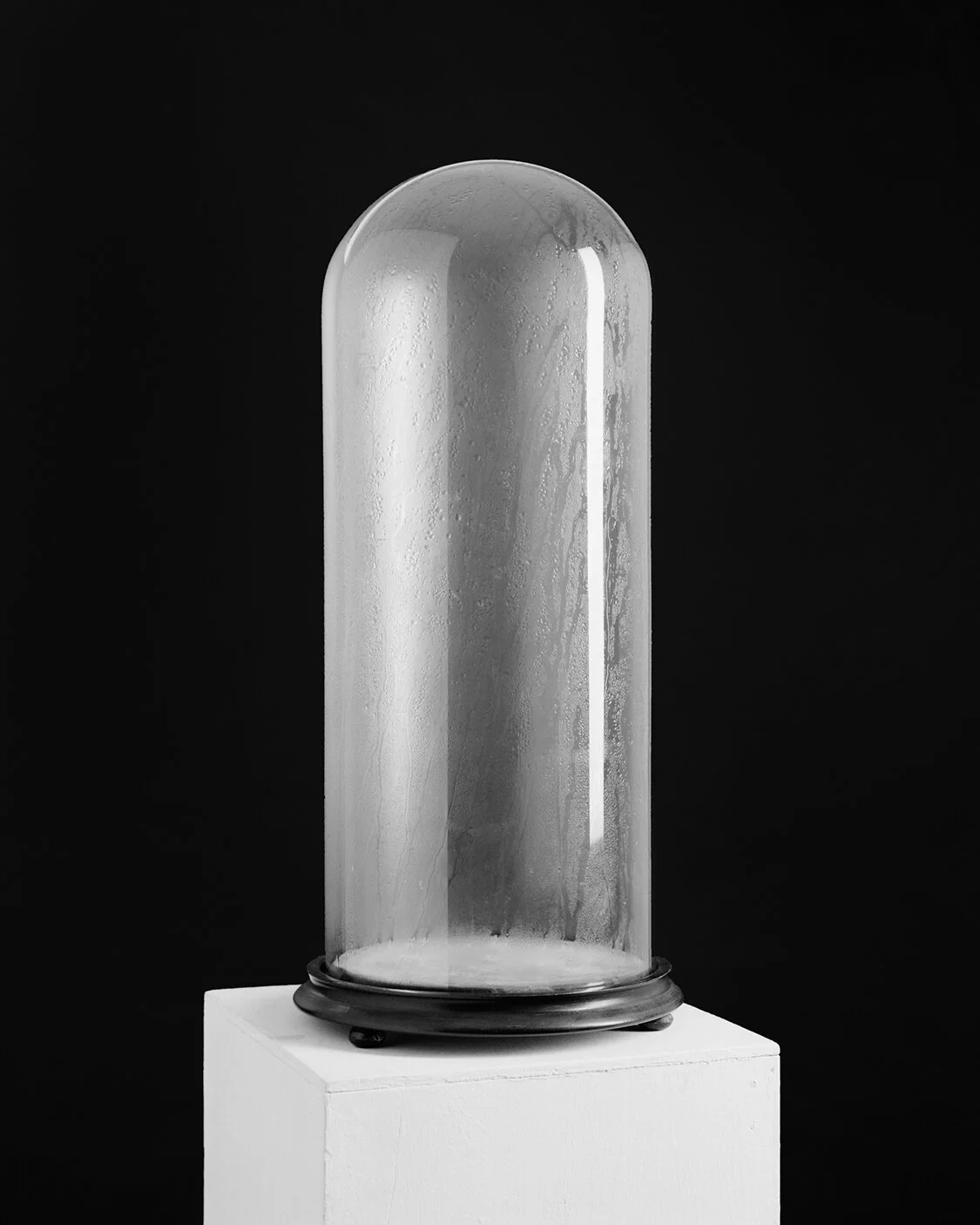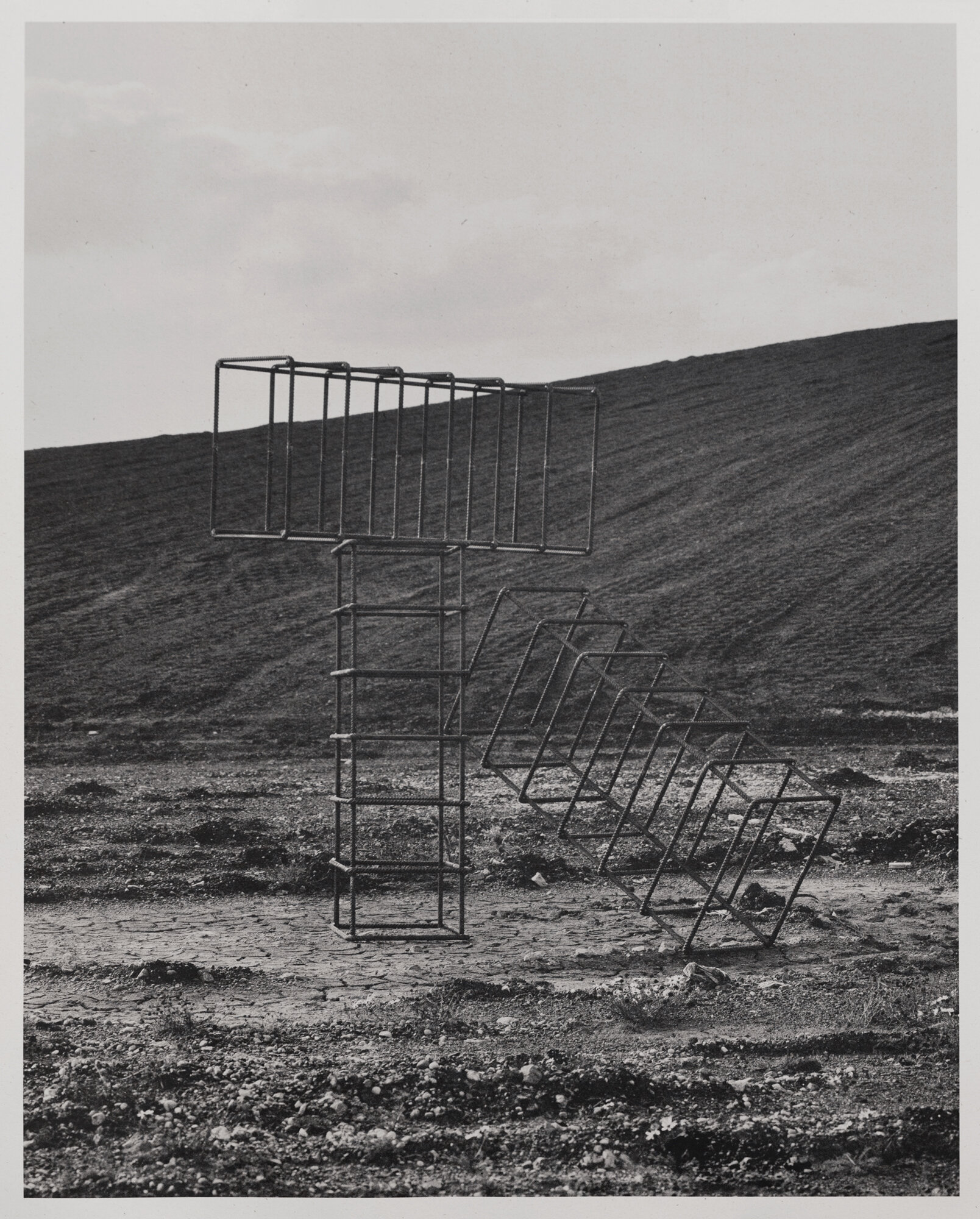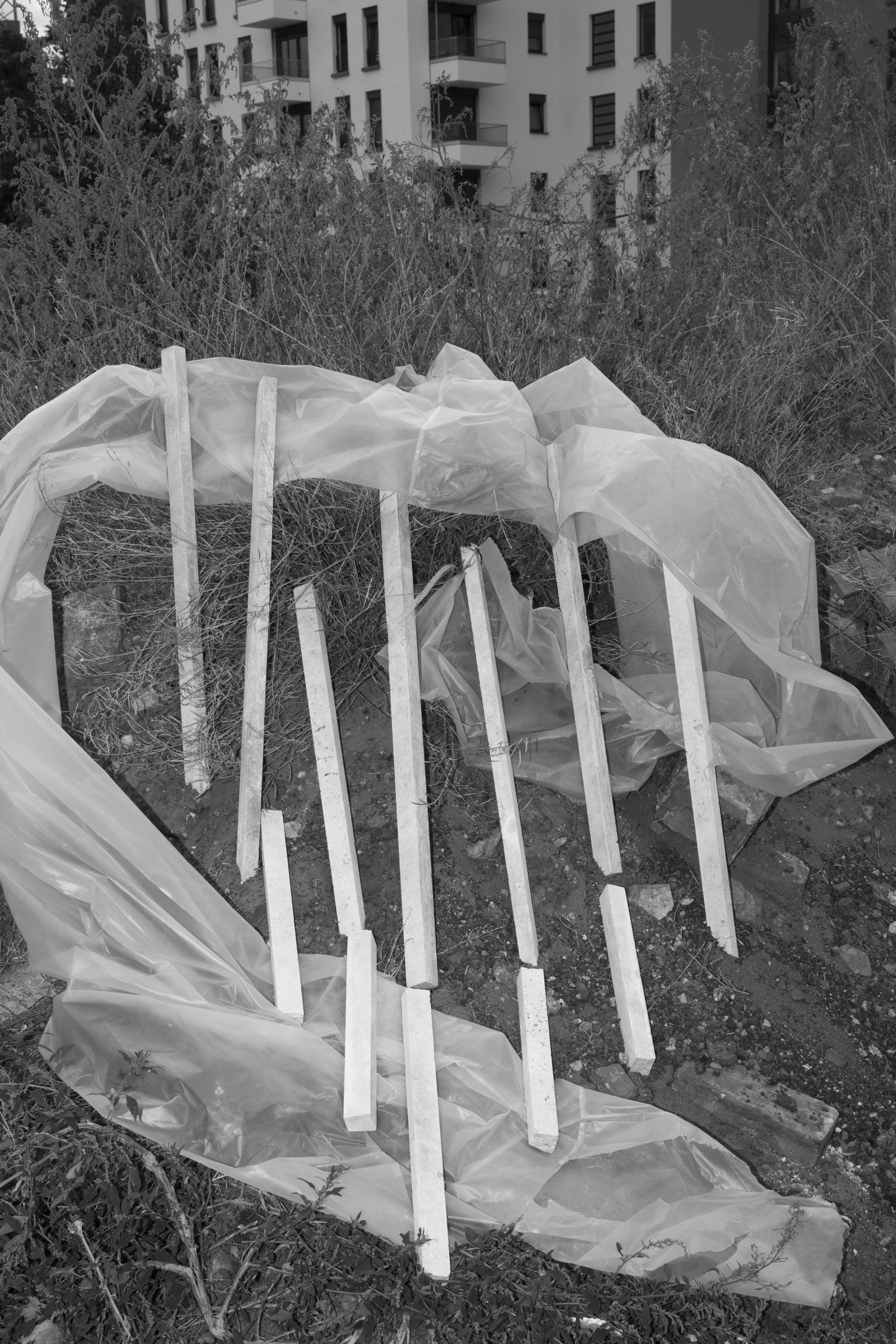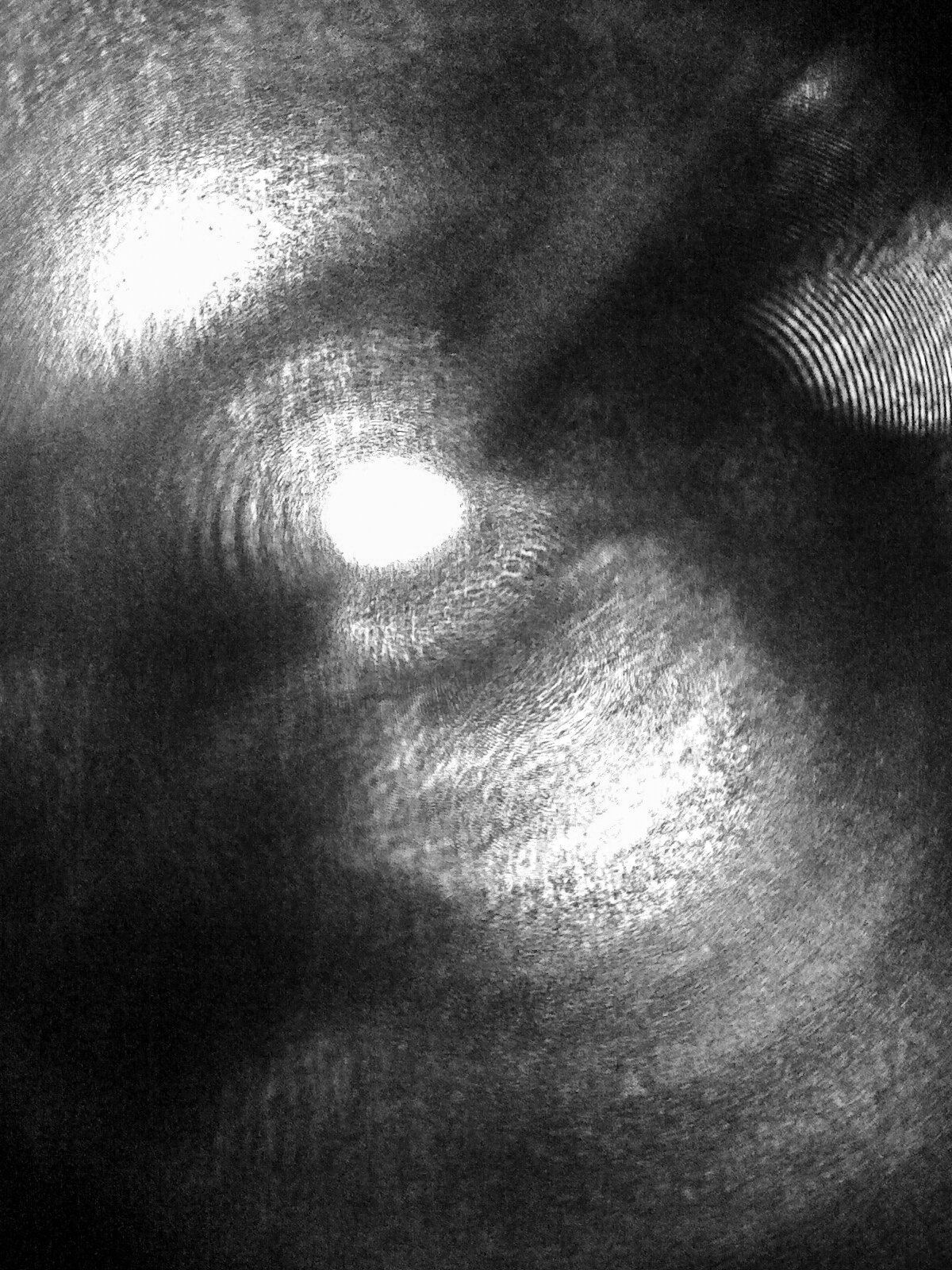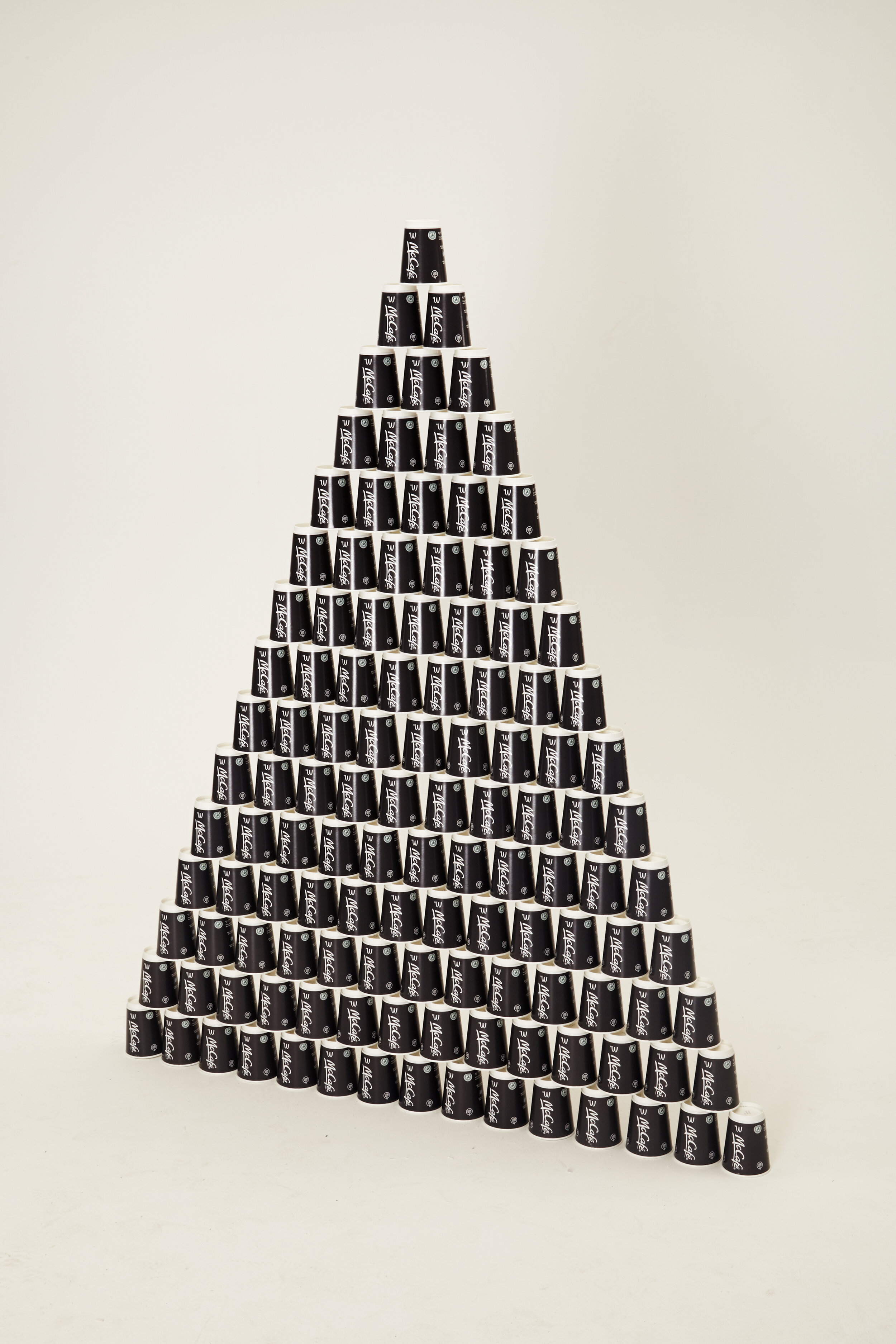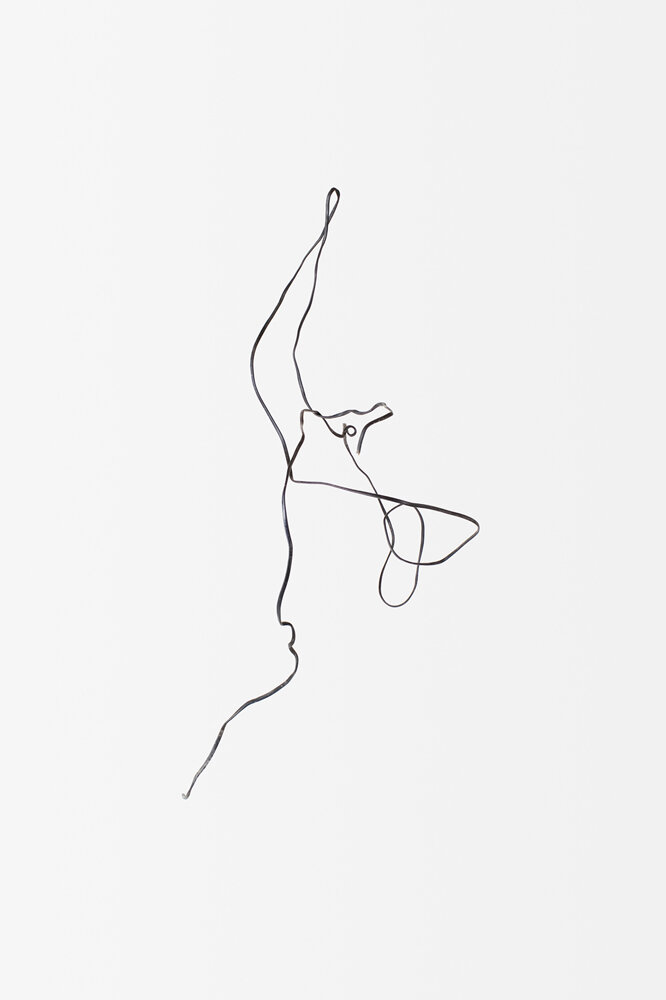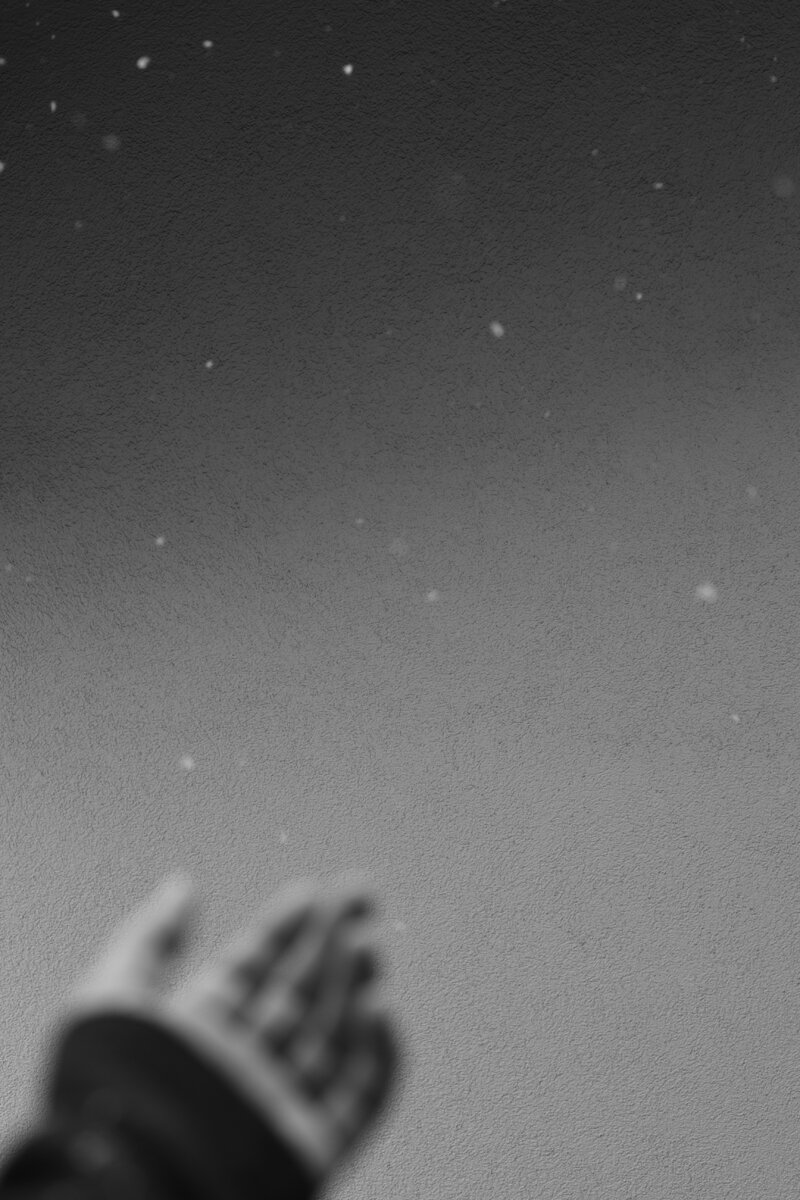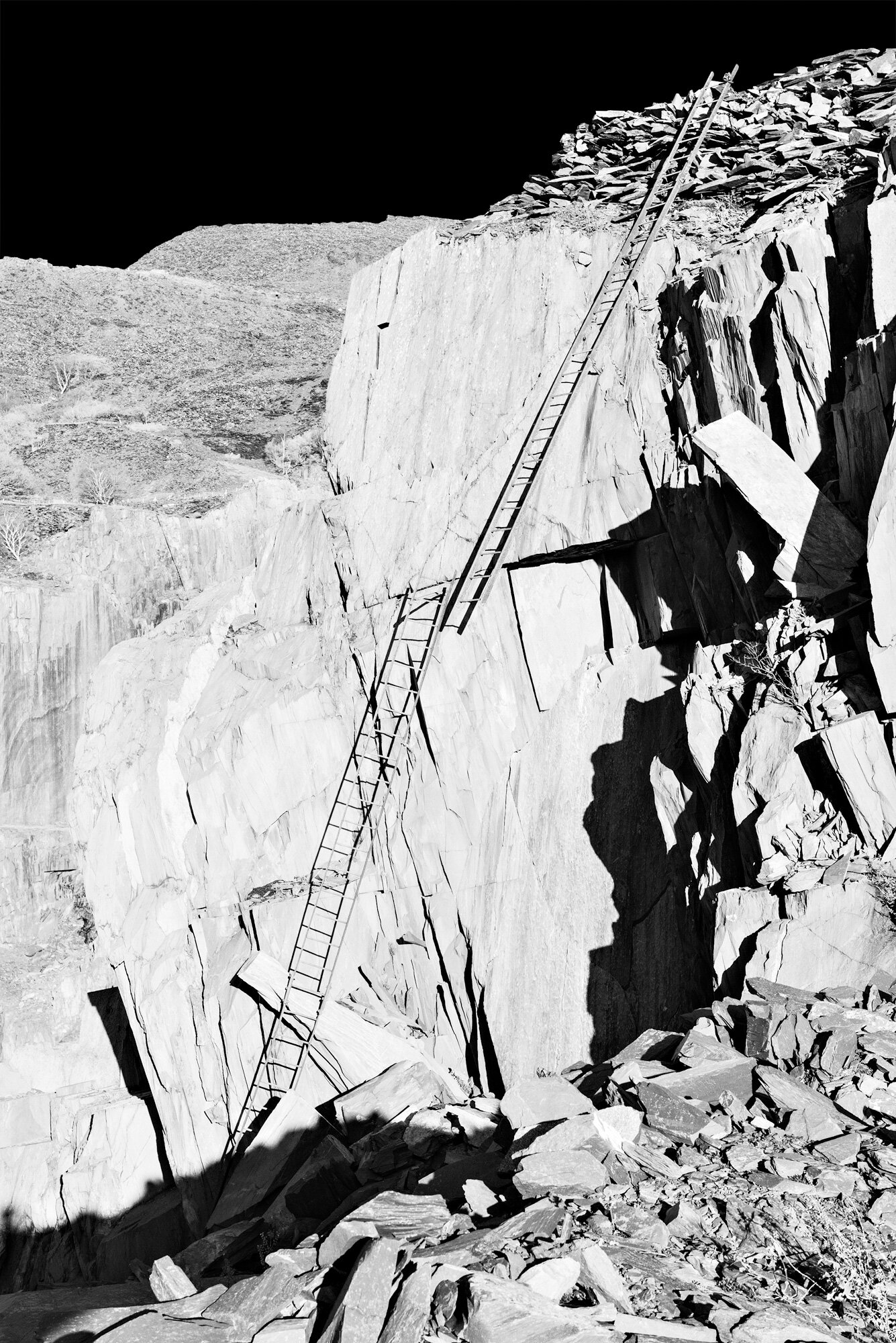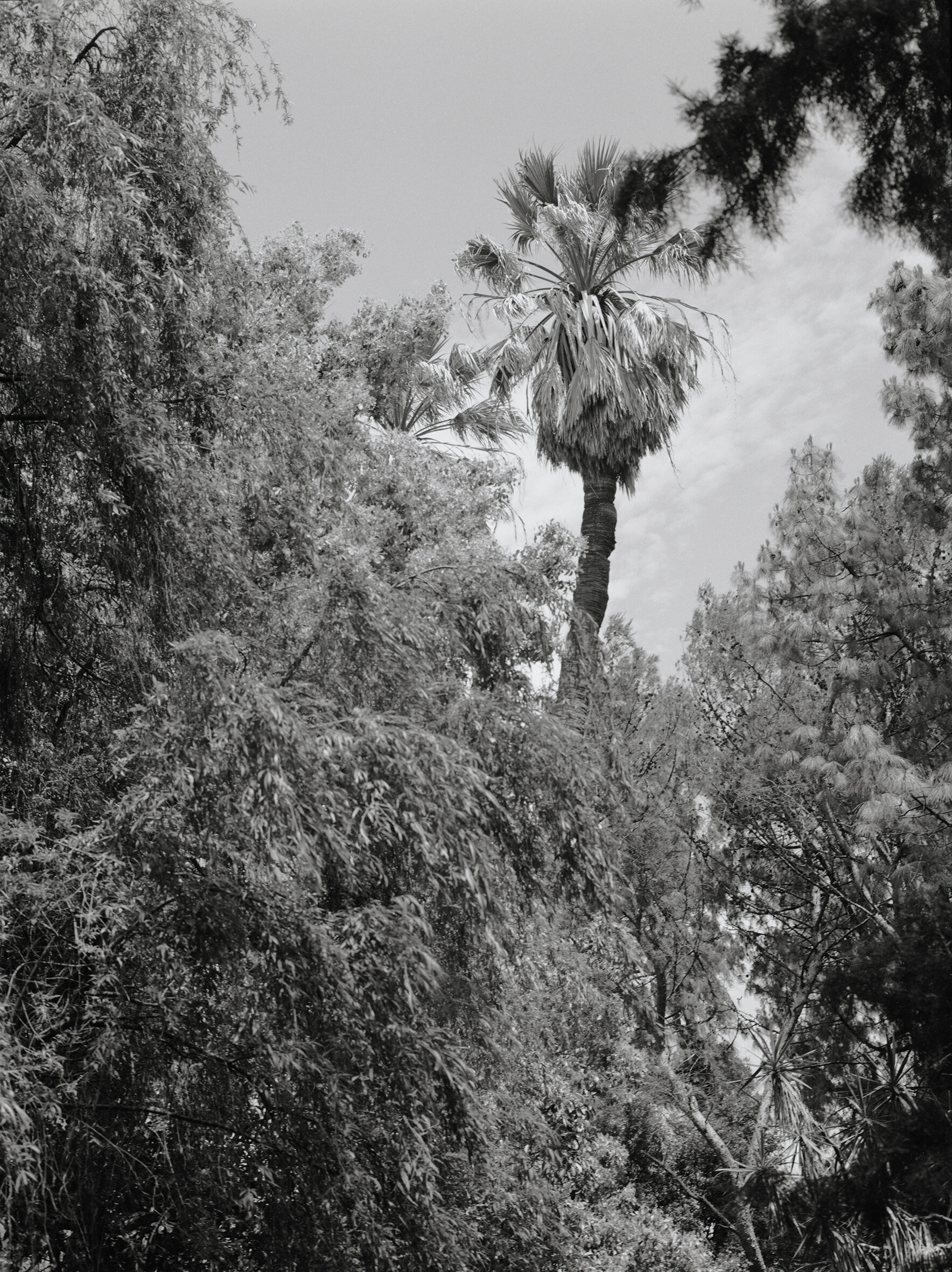Jackson Eaton #6
COLLECTIVE 6
JACKSON EATON
Collective focus on the artistic process of one emerging artist; we learn about their sculptural practice and how it relates to construction, deconstruction, or both. Questions by Joanna Cresswell.
Tell us about your process. What reference or influence (if any) do you take from other mediums – painting, sculpture, performance – or even other types of photography – street photography, still life? What are the important elements of what you do? In terms of subject matter and the ideas behind my work, they mostly come from my life, from what I experience, feel and observe. Often I think there is a kind of building towards consciousness about a particular idea for a project, which at some point becomes resolved and I decide to realise it in more formal terms. I like to work in a way that necessitates some element of spontaneity and randomness. I’m not the kind of artist who works from a vision, but more tries to question and learn something through the process of making art and intervening with the structure of life. So I guess in this sense my biggest influences are the photographic and performative practices of conceptual artists from the 1960s and 70s, but I'm only really learning that now I’m in art school.
Are these pictures concerned with exploring formal and aesthetical interests – studies of form, colour, movement, how things work together, or are they representational, metaphorical? What is the weight that holds these pictures together? In fact, the formal elements of this work (Melfies 2) are almost a by-product of the conceptual endeavour. Of course, it holds it together and gives it a life beyond that, but in some ways the aesthetic was kind of incidental in the process. I didn't think about them as surrealist until someone mentioned it, but I suppose that’s true. I was interested in exploring an understanding of self as a kind of digitally dispersed and assembled body. Of course, I'm also playing with how selfies function in society, in particular the idea that visual forms that are intended to be individualised or unique are ultimately repetitive, and networked digital imagery creates a kind of noise that obscures our self-representations.
Are you a photographer or an artist using photography? If I had to choose I would say I'm an artist using photography. Artist seems to be the best title in most circumstances, but none of them sit completely comfortably. I’m not sure why some people hold onto this title of ‘photographer’. Surely nowadays that’s just for people who work commercially.
Does your work reflect on the medium of photography or the photographic image? If so, is that intentional? Absolutely. I think about photography more as a subject than a medium. That shift has been developing gradually in my practice, along with my consciousness of it. I think particularly with the medium of photography it’s important to be conscious of how it operates in the world, because photographic images are so abundant and used in so many different ways. This work takes the banal event of the mirror selfie and the ready-made software of Instagram and Google to experiment with the photographic forms that might emerge. I’m interested in how photographic images fail, or what mistakes can reveal.
Typically, are your works more about construction or deconstruction? I’m interested in both of those processes, particularly in combination. Perhaps the space in between is the most exciting place to interrogate? I often work by creating environments in which to photograph or document. A level of pre-determination is important for conceptual rigour I think, but I'm also aware of the properties of art that can’t be thought through. In relation to sculptural forms, I feel like I'm always looking or discovering, perhaps in a more pure photographic method, but I'm also always looking to disrupt or manipulate that reality which we might think of as given.
Are you interested in the notion of your pictures as objects? Do you think about how their physicality may endure as you are photographing them or is that an afterthought? I would say that I'm probably anti-object when it comes to photographs and my art practice in general. Because I didn't train in art and kind of found my way into that world through sharing my photographs on the Internet. I've always had a problematic relationship with the idea of photographs as objects. I think it’s more useful to think about photography in terms of dissemination. Multiplicity, reproducibility and exchange are inherent to the very nature and history of photographic images. I think the main reason we hold onto this notion of physicality is because we want images to be worth something in the art market. I'm more interested in thinking about how images act in the world rather than the gallery. For both my Melfies and Melfies 2 projects the primary mode of presentation has been to re-insert the images back into the public either via t-shirts or social media posts.
Often sculptural photographic works are concerned with elevating banal objects, situations or events to a status of ‘art’ – when does something become art for you? That’s a very interesting question, one that I think about a lot and don't know the answer to. Traditionally it would be when it’s made by an artist, but artists are becoming harder and harder to recognise and trust. Maybe it’s art when you don’t know whether it is or not?
www.jacksoneaton.com
All works from the series Melfies 2.











